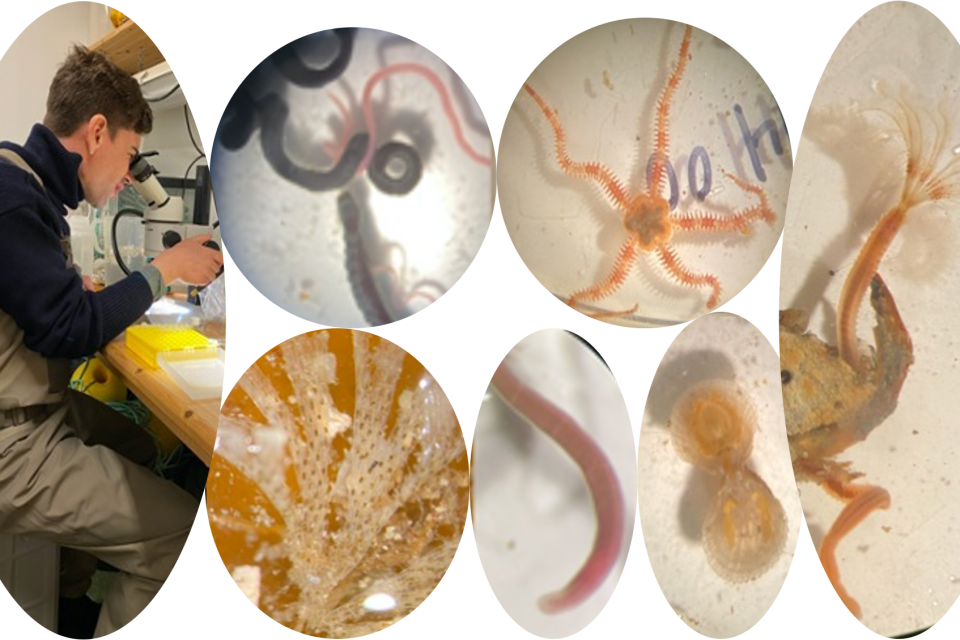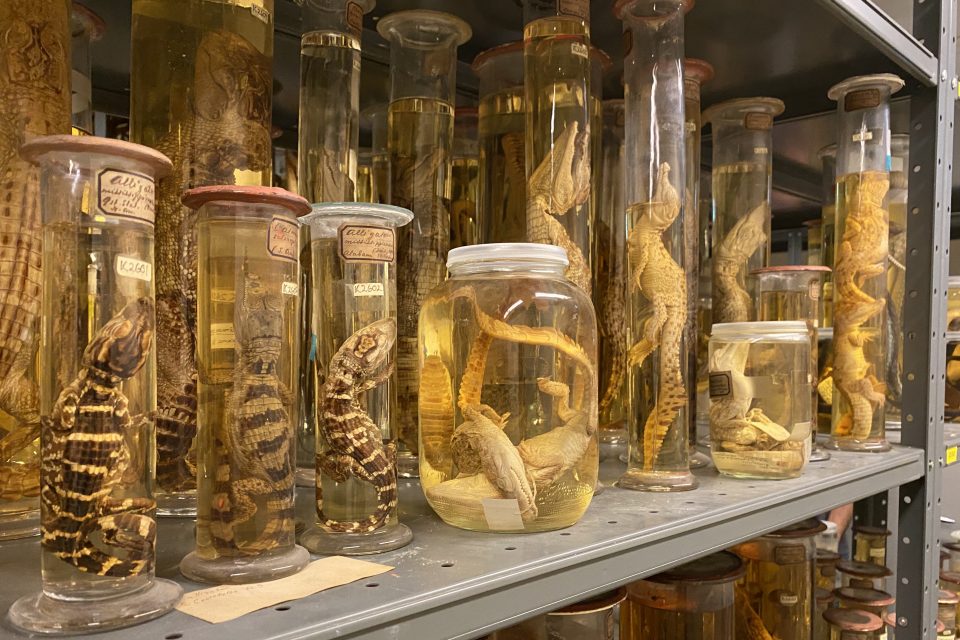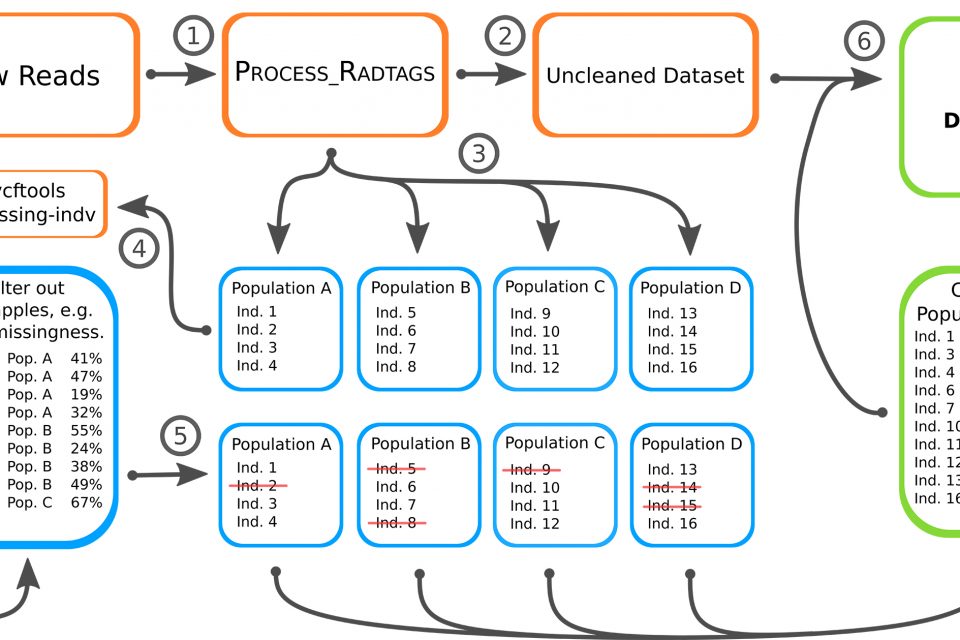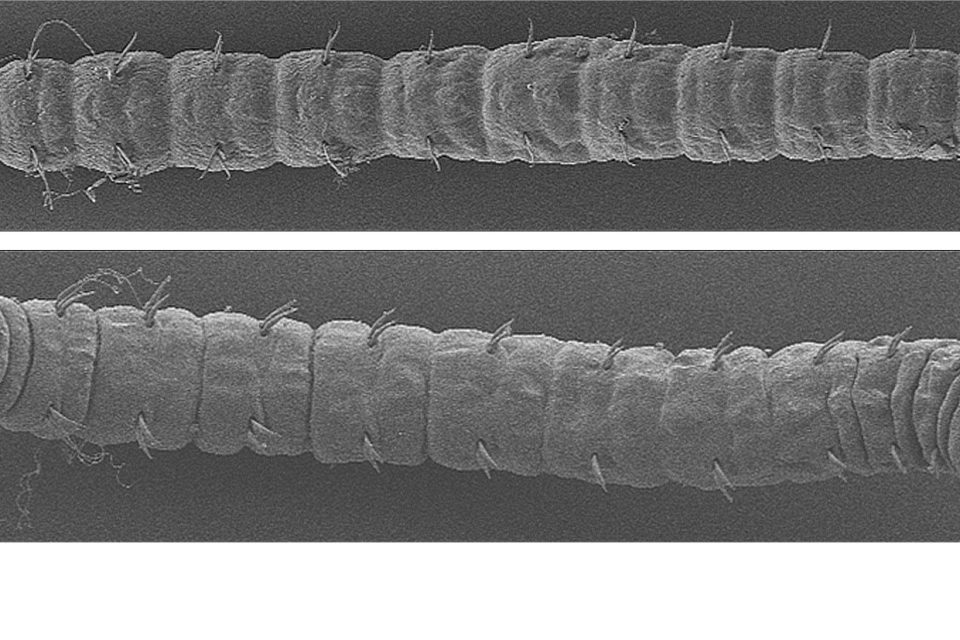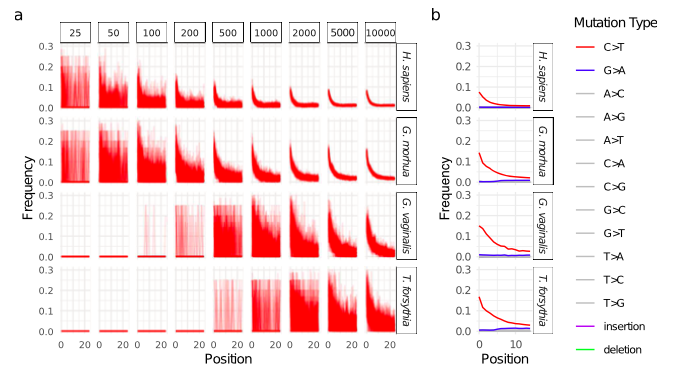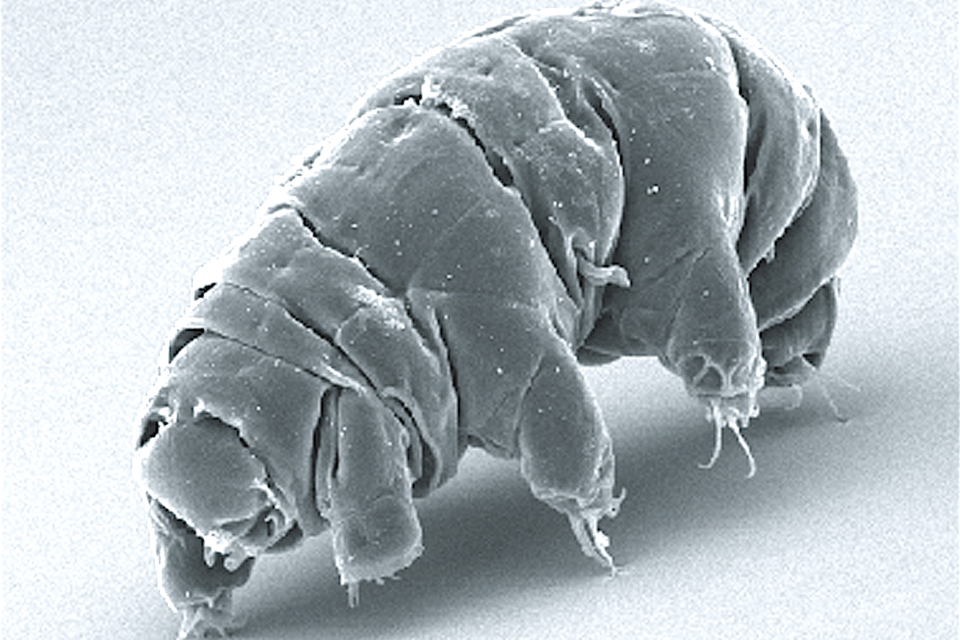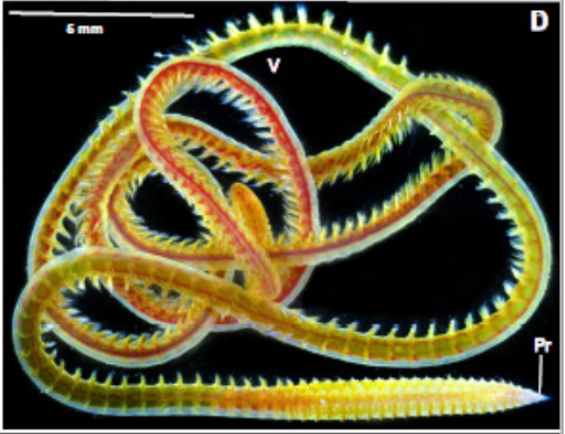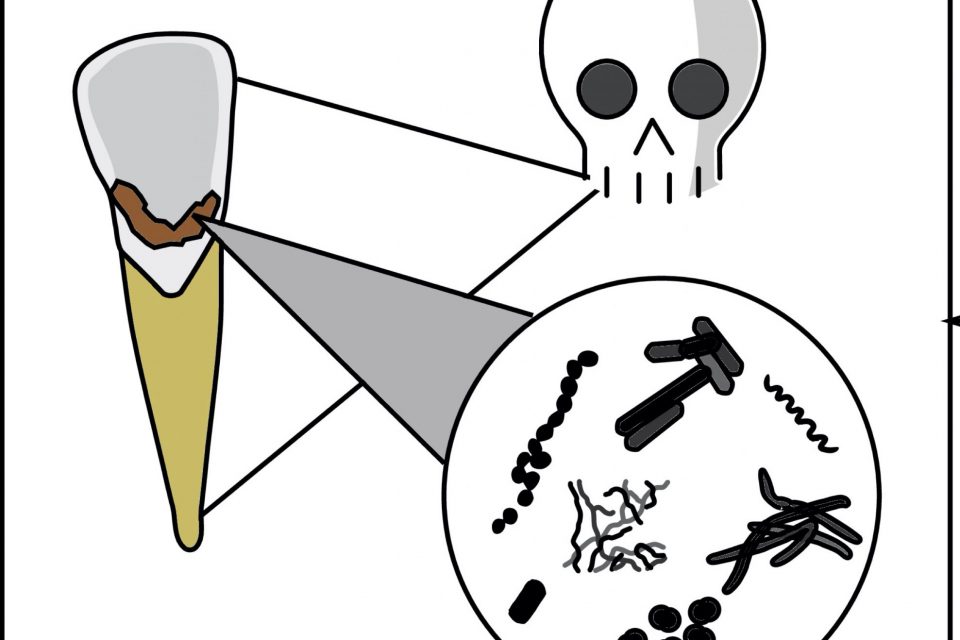
New Paper Exploring the Surprising Evolutionary History of Our Oral Bacteria*
Living in and on our bodies are trillions of microbial cells belonging to thousands of bacterial species – our microbiome. These microbes play key roles in human health, but little is known about their evolution. Here we investigated the evolutionary history of the hominid oral microbiome by analyzing […]
